A nuclear submarine is a type of submarine that refers to a submarine designed with a nuclear reactor as its source of power. Due to the production and operating costs of such submarines, plus the volume and weight of the associated equipment, only military submarines use this source of power. The nuclear submarine's underwater endurance capacity can reach 200,000 nautical miles and its self-sustaining power is 60-90 days. The world's first nuclear submarine was the American Nautilus. It was first tested on January 24, 1954, and it announced the birth of a nuclear-powered submarine. At present, there are six countries in the world that publicly claim to have nuclear submarines: the United States, Russia, the United Kingdom, France, China, and India (the Indian enemy's nuclear submarine is under construction). Among them, the United States and Russia have the largest number of nuclear submarines. The emergence of nuclear submarines and the use of nuclear strategic missiles have brought submarine development into a new phase. A nuclear submarine equipped with a nuclear strategic missile is an underwater deterrent nuclear force.
The first US Ohio-class strategic missile nuclear submarineThe Ohio-class nuclear power submarine is a nuclear-powered submarine class that the US Navy began construction in 1976. A total of 18 Ohio-class submarines served in the US Navy.
The "Ohio" class nuclear submarine is the fourth-generation strategic nuclear submarine in the United States. It was built by General Dynamics of the United States and built a total of 18 ships. Each "Ohio" class nuclear submarine has 24 vertical missile launch tubes that can fire 24 Trident II missiles. The missile has a maximum range of more than 12,000 kilometers and a precision of 90 meters. Each missile carries a maximum of 12 warheads.
Second Russian North Wind God missile nuclear submarine
The strategic wind submarine of the North Wind is the only strategic nuclear submarine developed by Russia after the disintegration of the Soviet Union. It is mainly used to maintain a strategic balance with the United States. It is a successor to the Delta-class nuclear submarine and typhoon-class nuclear submarine. It was designed by the Russian Ruby Design Bureau and belongs to the Russian fifth-generation ballistic missile submarine. It is called the “underwater nuclear cruiser†by the Russian Navy. The first boat "Yuri Dolgoruky" was officially delivered to the Russian Navy on January 10, 2013.
The "North Wind God"-class nuclear submarine is equipped with 16 "Blava" intercontinental missiles. The Russian Navy claims that the overall performance of the nuclear submarine is higher than the US "Ohio"-class strategic nuclear submarine, and will be equipped with the Pacific Fleet in the future.
Third British forward-class missile submarine
The avant-garde is a new generation of nuclear-powered ballistic missile submarines in the UK. It is one of the four "avant-garde" strategic nuclear submarines in the UK. It began construction in 1986 and was put into active service in 1994. The nuclear submarine has a displacement of 16,000 tons, a length of 149.9 meters, a width of 12.8 meters, a maximum diving depth of 350 meters, and a rated crew of 135 people, which can cruise for 90 days at a time.
The "North Wind God"-class nuclear submarine is equipped with 16 "Blava" intercontinental missiles. The Russian Navy claims that the overall performance of the nuclear submarine is higher than the US "Ohio"-class strategic nuclear submarine, and will be equipped with the Pacific Fleet in the future.
It is modeled after the Ohio-class construction in the United States, but it has a small displacement of 15,000 tons; a length of 149.9 meters and a submarine speed of 25 knots. The maximum depth of the 350 meters, 16 missile launch tubes, can launch Trident ii missiles with a range of 12,000 kilometers. The missile is capable of loading 12 mobile warheads, but the British manufacturing is limited to 7-8 warheads.
Fourth Soviet typhoon-class missile submarine
Russia's Type 941 "Akula"-class strategic nuclear submarine (Note: 971-class attack-type nuclear submarine Russian name Shchuka-B, meaning Barracuda, NATO codename: Akula Akula, do not confuse the two), NATO named "Typhoon "Strategic missile nuclear submarine." Designed by the Central Station of the "Ruby" of St. Petersburg, six ships were built between 1976 and 1989 during the Soviet Union. It is the world's largest submarine.
The fifth French triumphant-class missile submarineFrance was the only country to develop attack-type nuclear submarines after the development of strategic missile nuclear submarines. By 1985, a total of six ballistic missile submarines were built. Since their long service life, they have been retired since December 1991. In order to replace the old ballistic missile submarine, France began to develop the third generation Le Triomphant class ballistic missile submarine in July 1981.
Sixth former Soviet Delta Delta missile submarine
The Delta class is a general term for the Soviet Union-built Delta I to IV ballistic missile submarines. Delta i water / underwater displacement 7850t/10100t.12 sets of launch tubes, launch SS-N-8 submarine-launched missiles, with a range of more than 9,000 kilometers.
Delta iii is the first Soviet submarine capable of continuously launching all missiles. It is also the first submarine equipped with multiple warheads. Replaced 16 newly developed SS-N-18 ballistic missiles. There are three types of missiles. Type 1 has 3 sub-missile heads with a range of 6,500 km, type 2 is a single warhead with a range of 8,000 km, and type 3 has 7 sub-missile heads with a range of 6,500 km.
The seventh Chinese 094 advanced missile submarine
The Type 094 nuclear submarine (NATO codenamed "Jin"-class nuclear submarine) is the second-generation ballistic missile submarine developed by the Chinese People's Liberation Army Navy to replace the old Type 092 nuclear submarine.
The boat was designed by Wuhan Shipbuilding Research Institute (719) of China Shipbuilding Industry Corporation and built by China Shipbuilding Industry Corporation Bohai Shipbuilding Heavy Industry Co., Ltd. (Bohai Shipyard). The construction site is located at Huhai Shipyard, Huludao City, Liaoning Province, China. .
According to overseas media speculation, it is the largest submarine built by China. Chinese nuclear submarines are vital to the Chinese navy, which is currently in service and may use technology acquired from Russia and the West. The US Naval Intelligence Service believes that the "Type 094 is the largest submarine ever built in China, which is significantly improved over the 'Xia' class submarine. The quietness and sensor system performance have been improved, and the propulsion system is much more reliable.
The underwater displacement is 10,000 tons and the underwater speed is 28 knots. The maximum depth is 350 meters (no accurate data), 12 vertical launch tubes, it should be a huge wave-2 submarine-launched missile. This missile can be a submarine-launch type of subgrade DF-31 with a range of 8000-9000 kilometers. It is said to be portable. 3-6 warheads are said to have 200,000 tons of equivalent per warhead.
Eighth French undefeated missile submarine
France develops nuclear submarines later than Russia, the United States, and the United Kingdom. After the "Awesome" first-class boat "Awesome" was retired in 1991, the class was renamed "Unyielding".
The underwater displacement is 9,000 tons and the surface displacement is 7,500 tons. The surface speed is 20 knots and the underwater speed is 25 knots. The working depth is 200 meters and the maximum depth is 300 meters. It can launch 16 M4 missiles, which can carry 150,000 tons of multi-target warheads independently returning to the atmospheric vehicle (MIRV) with a range of up to 6,114 kilometers.
The ninth US Lafayette-class missile submarine
The surface displacement is 6,650 tons, the underwater displacement is 8,200 tons; the speed is 20 to 25 knots, and the dive depth is 300 meters. 16 vertical launch tubes. The Polaris-A missile with a range of 4,500 kilometers was launched, and the Poseidon-C multi-warheaded re-entry air ballistic missile was modified. The range was increased to 4,600 to 5,600 kilometers, and then converted into a Trident I ballistic missile.
The missile's range has been further increased to 7,400 kilometers, and there are eight 100,000 tons of TNT equivalent sub-missile heads.
The "Lafayette" / "Franklin" class is the third generation of nuclear-powered ballistic missile submarines after the US Navy's "George Washington" and "Essan Allen" classes. Compared with the previous two generations, this class of submarines equipped with ballistic missiles with longer range, improved the missile launch command system, enabled the submarine to select targets for attack at sea, improved the living conditions of the crew, and improved the electronic equipment. It is more compact and more automated.
The tenth British resolution missile submarine
The water displacement is 7,600 tons, the underwater displacement is 8,500 tons, the submarine's water speed is 20 knots, the underwater speed is 25 knots, and the dive depth is 300 meters. Sixteen missile launchers were used to launch 16 Polaris A3 missiles with a range of 4,630 kilometers purchased from the United States.
At the back of the decision-level podium, there are 16 missile launchers for launching 16 Polaris A3 missiles with a range of 4,630 km purchased from the United States. The A3 missile has three 200,000-ton TNT-equivalent missile heads made by the United Kingdom. The warhead is equipped with a penetration device to overcome the defense of the anti-ballistic missile.
The main self-defense weapon of this class is the six 533mm torpedo tubes of the bow, which is the tiger fish MK24? The type guides the torpedo. The electronic equipment of the decision-level submarine is also basically based on British products, including sonar, radar, fire control systems and electronic warfare support measures.
With the aging of the decision-making, Britain is building its second-generation nuclear-powered ballistic missile submarine, fully demonstrating the British determination to independently develop the sea-based strategic nuclear force. The British resolve-class ballistic missile submarine is the first generation of British ballistic missile submarines, with a total of four. They are "Prestige", "Decision", "Counter" and "Revenge".
Amazingly destroying hundreds of citiesCompared to the apartment in New York, it is still a bit cramped, but the global navy has upgraded the comfort of nuclear submarines, such as safety facilities and comfortable equipment for modern life, and even video games can be played inside, and the seabed is boring for hours. Life becomes less boring, and the following photos take you to see how modern life is in modern nuclear submarines! The picture shows the second-class soldier Smith and the second-class Davis in the pavilion inside the nuclear-powered submarine of the Royal Navy Police (Avantgarde No. 3).

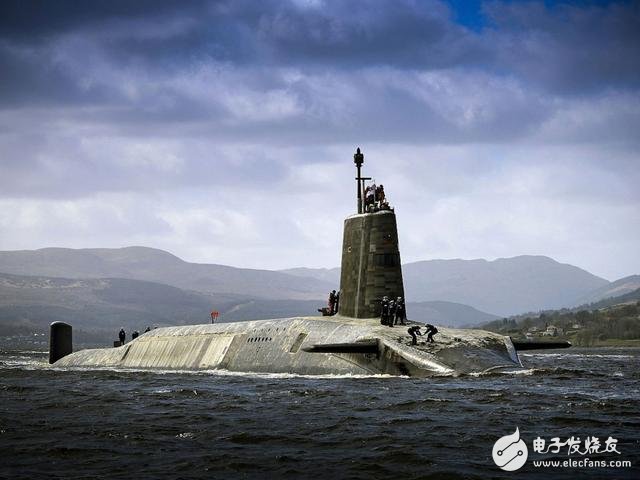
The British avant-garde nuclear submarine is a ballistic missile nuclear submarine designed and built by the United States under the US Navy's Ohio-class nuclear submarine. The first "avant-garde" nuclear submarine was first commissioned in 1993. The other three avant-garde nuclear-powered submarines are: "Victory", "Warning" and "Revenge". The main attack weapon of the nuclear submarine is the US-made "Trident II" submarine-launched ballistic missile with a range of more than 11,000 kilometers. The picture shows the police submarine returning to the home port after expansion deployment. Each avant-garde can carry 16 Trident intercontinental ballistic missiles. Each Trident missile can carry up to 12 missile heads and attack 12 targets respectively. This means that the entire submarine can deliver nuclear warheads to hundreds of cities, respectively. The intercontinental missiles arrive at the target for no more than 30 minutes.
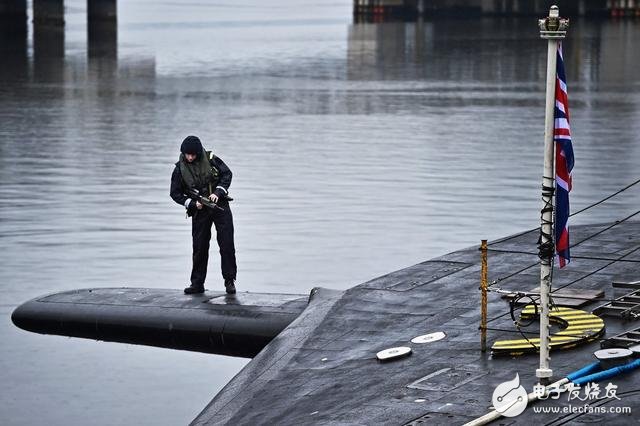
Royal Navy security personnel stand on the police submarine.
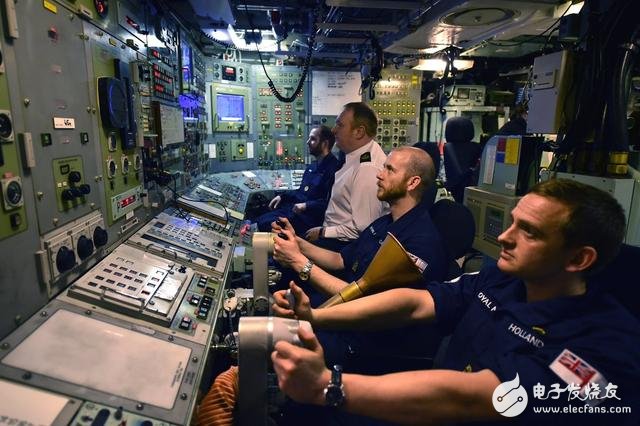
The British military crew controls the submarine in the control room of the police squad.
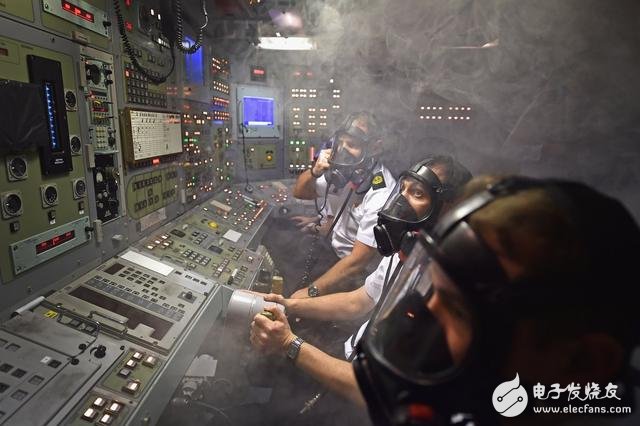
The British military crew simulated the contingency measures for fire in the avant-garde submarine simulation training control room.
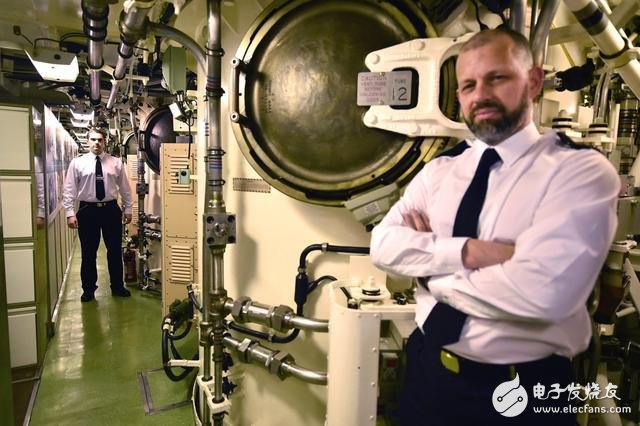
Naval officer next to the ballistic missile module
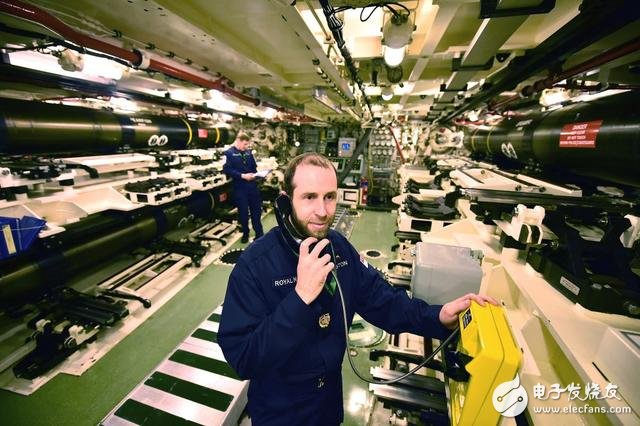
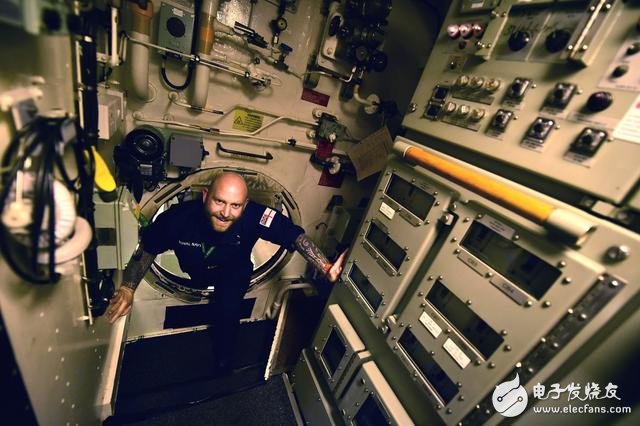
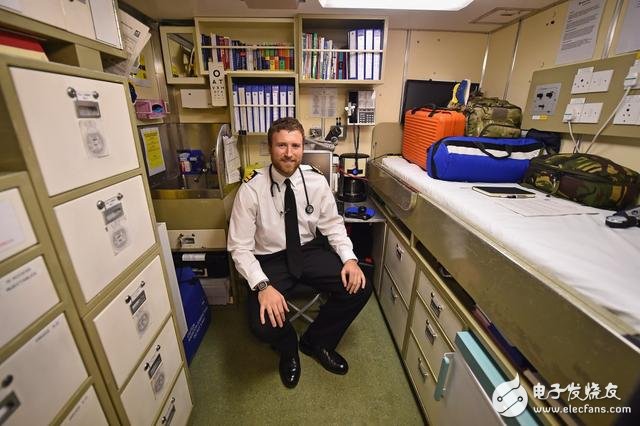

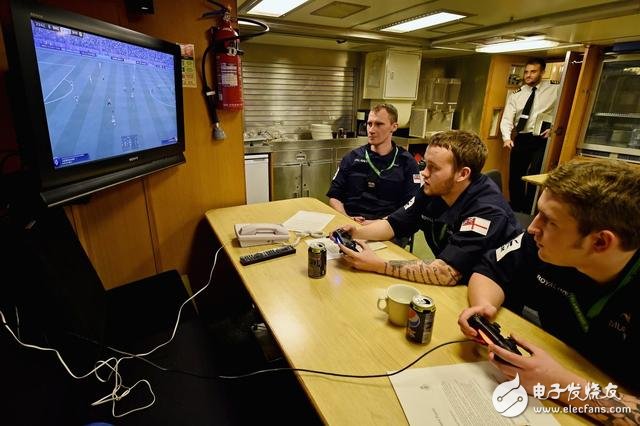
Young sailors can play games and entertainment on the police submarine.
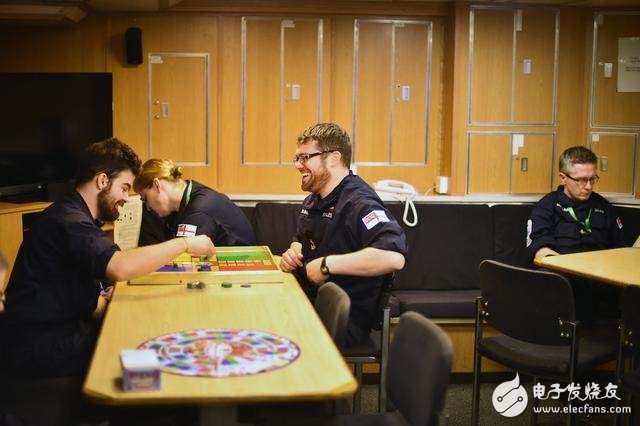
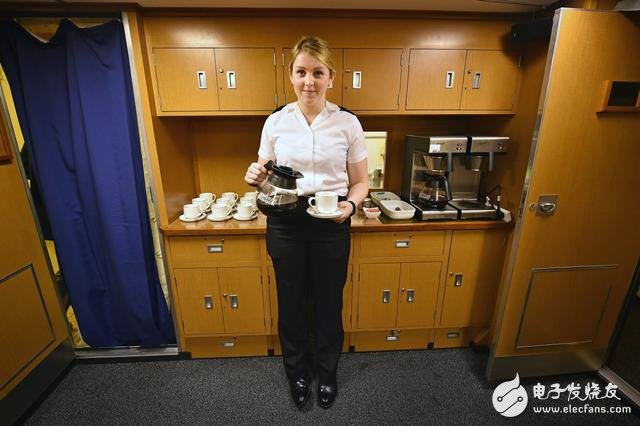
A serviceman is in the officer's living room. The officer's living room is the area where the naval officer dine.
Main classificationNuclear submarines can be divided into the following categories according to their tasks and weapons:
1. Attack-type nuclear submarine, which is a nuclear submarine with torpedo as its main weapon, used to attack enemy surface ships and underwater submarines;
2. Ballistic missile submarines, with ballistic missiles as the main weapon, are also equipped with torpedoes for self-defense, used to attack strategic targets;
3. Cruise missile nuclear submarines, with cruise missiles as the main weapon, used to carry out campaigns and tactical attacks;
4. The nuclear submarine for experimental purposes is used as a platform for special operations and instruments and equipment experiments.
Power Cell,Cruise Lithium Battery,Lithium Power Battery,Electric Scooter Battery Pack
Sichuan Liwang New Energy Technology Co. , https://www.liwangnewenergy.com